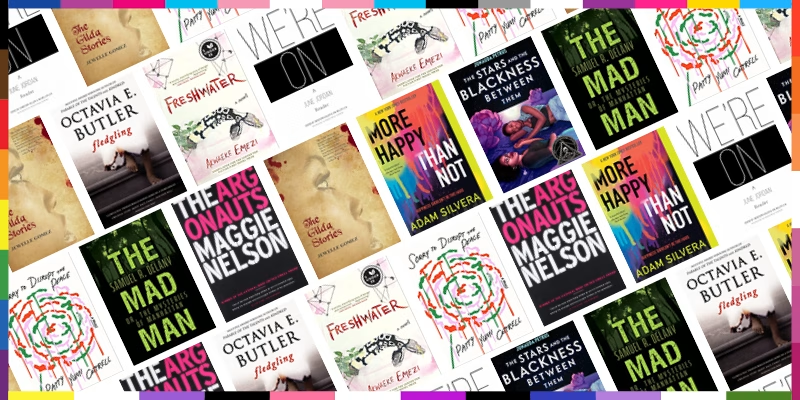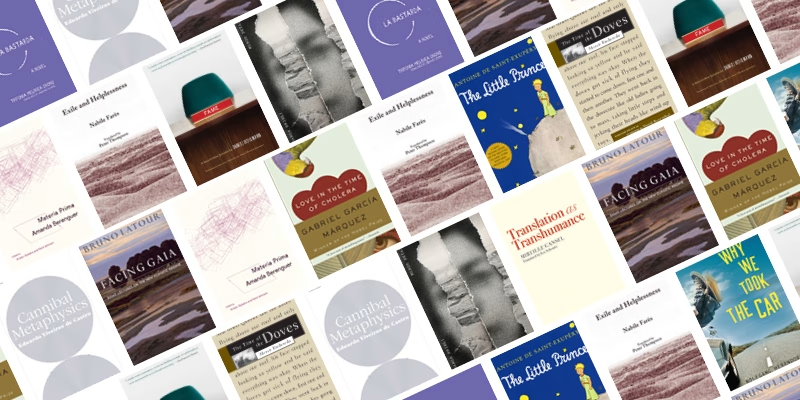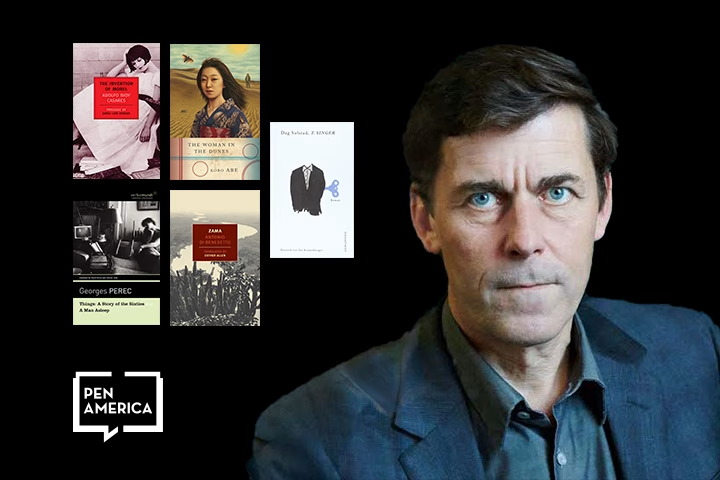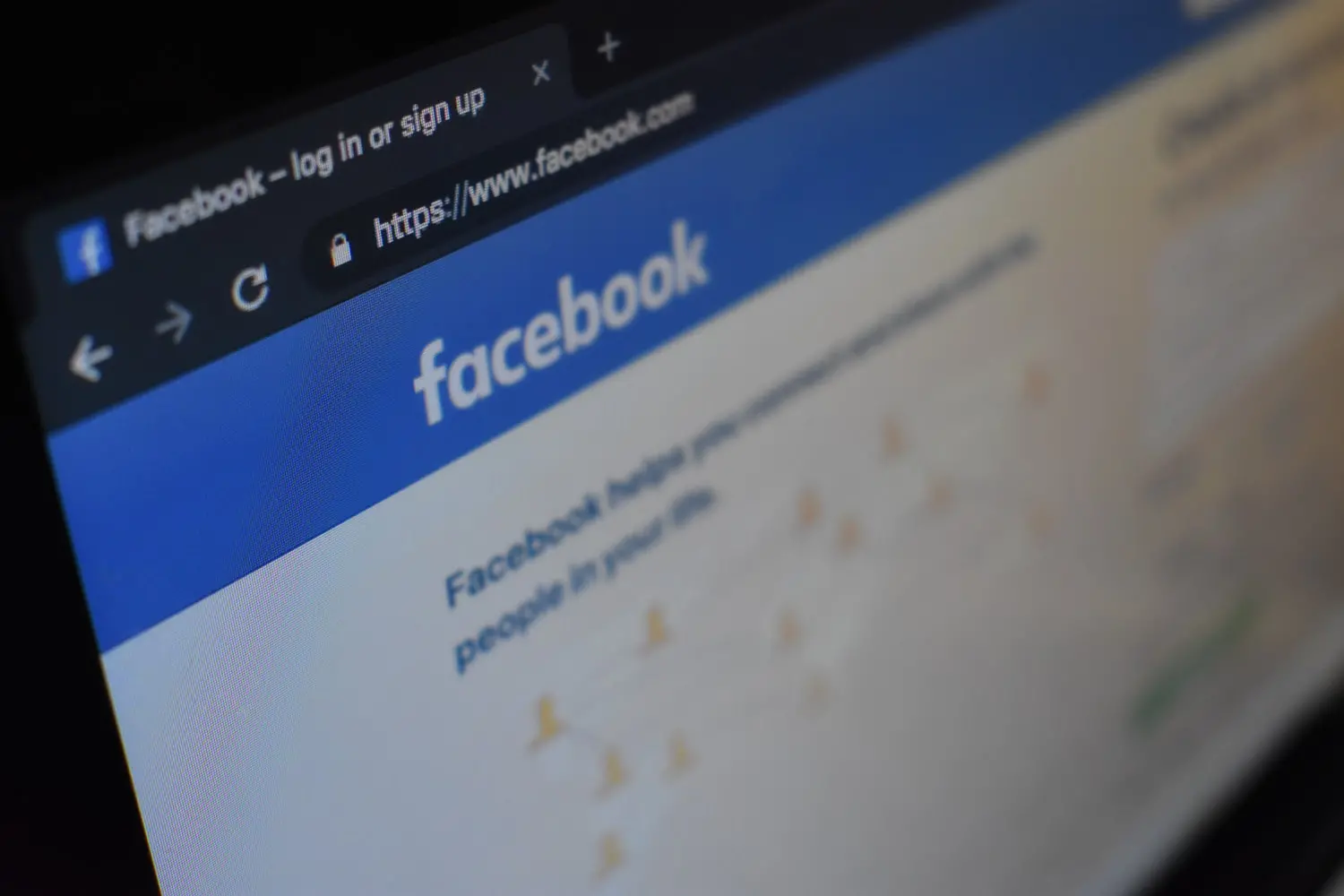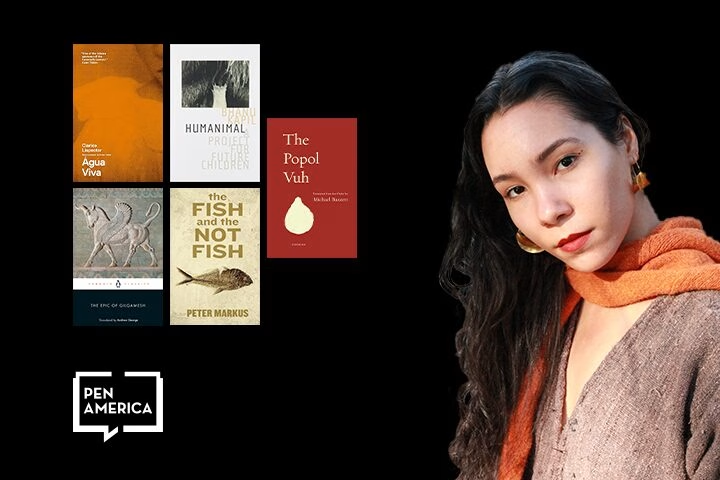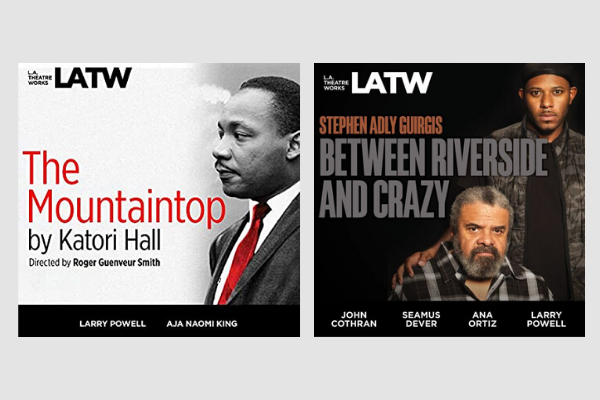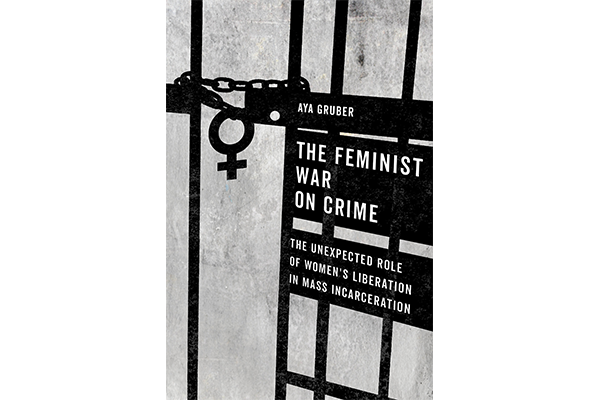NEW YORK—On June 17, PEN America hosted “Free Speech and Black Lives on Campus,” a roundtable webinar organized in response to the recent protests that have galvanized a national call to conscience regarding the persistent challenges of racism and anti-Black violence in the United States. Panelists discussed how these events have reverberated throughout college and university communities, surfacing a series of urgent issues pertaining to racism in higher education and the actions university administrators must take to address these issues.
Moderated by PEN America Director of Campus Free Speech Jonathan Friedman, panelists included Neijma Celestine-Donnor (Director of Bias Incident Support Services, University of Maryland), Shardé M. Davis (professor at the University of Connecticut, and cofounder of #BlackintheIvory), Jael Kerandi (Undergraduate Student Body President, University of Minnesota), Dinaw Mengestu (award-winning author and Professor of Written Arts, Bard College, and PEN America Trustee), and Joy Melody Woods (Ph.D. student, University of Texas at Austin, and cofounder of #BlackintheIvory). These excerpts from the conversation have been edited for clarity.
On the Stories of Racism in Higher Education That Have Surfaced on Social Media from #BlackInTheIvory
JONATHAN FRIEDMAN: The hashtag #BlackInTheIvory has released a floodgate of information. Can you talk us through some of the stories that you’re hearing—is it surprising? Is it not surprising? Is it what you expected?
SHARDÉ M. DAVIS: The stories really run the gamut from physical assault against Black graduate students—invasion of their space, touching their hair without permission—to racial microaggressions, which are unfortunately very covert in nature. So, it’s really difficult for you to be able to identify and then articulate those microaggressions to an aggressor that what they are doing and saying is problematic. To be honest, I’m not surprised. Just like many other #BlackInTheIvory truth-tellers, I see myself in almost every story.
JOY MELODY WOODS: My own experiences with higher education have not lived up to the expectations of an equitable, inclusive community. I think the equitable and inclusive things have been anomalies. This didn’t go against my expectations. I’ve been to multiple institutions, and I’m not walking through the world with rose-colored glasses. I come into places with the thought process that “this is possible; it could happen; it has happened before.”
“The stories really run the gamut from physical assault against Black graduate students—invasion of their space, touching their hair without permission—to racial microaggressions, which are unfortunately very covert in nature. . . Just like many other #BlackInTheIvory truth-tellers, I see myself in almost every story.”
—Shardé M. Davis
On Whether Schools and Universities Do Enough to Fight Racism Today
FRIEDMAN: People have conceived of higher education as a place that is apart from society—a place for progress, openness, equity, offering an opportunity for people to get ahead in life. Have these institutions or schools in general gotten better at fighting racism since you were a child?
DINAW MENGESTU: I would say that the idea that these institutions are these seemingly idyllic bastions of liberal good values has been an idea that a lot of people are skeptical of if you were ever a minority college student. I don’t think you ever forget those experiences. Faculty members aren’t able to convince you that the world is significantly better or has changed. So, I’ve never had that delusional idea that entering academia would somehow wash away any racial problems. What is interesting, though, is how academic institutions see themselves as being forces for good or on the forefront of social change. However, this idea of what they are makes it that much harder for academic institutions to realize how far they fall short of living up to those ideals. So when you’re inside of these institutions, to be able to sort of say, “I know you may believe you’re as good as you think you are, but in fact, there’s this yawning or extremely wide gap between those ideas and what’s actually practiced by the part of the faculty, the students, and all the people going into the maintenance of the institution.”
“It’s my everyday life. It’s walking down the street. It’s going to the store. . . It is those instances that perpetuate this idea that everything is okay, or that we are operating in this normative that is appropriate or fair to Black students.”
—Jael Kerandi
On the Experiences of Black Students on Campus
FRIEDMAN: One of the biggest issues is the way speech and hateful speech can have significant harms. Overtly racist and hateful acts really do disrupt and destabilize Black students’ lives. Could you speak to your own views of that and how you’ve tried to address it?
NEIJMA CELESTINE-DONNOR: My literal job is to respond to hate/bias incidents on campus. What I see that a lot of people don’t always see is the impact, and the significant harm that it causes to students of color and other marginalized folks. We see that even in instances where something may happen to the person who did the particular action or caused the particular harm, there’s lifelong harm that continues to sit with the people who have been impacted. Harm from slurs, harm from all of these microaggressions. . . and what we’re doing is trying to support folks putting their lives back together. One of the things we try to preach and emphasize is that the legality of an action has nothing to do with its harm.
JAEL KERANDI: It’s my everyday life. It’s walking down the street. It’s going to the store. It’s taking a walk. It’s going on a run. It’s making sure my brother gets home. It’s making sure that when my dad leaves in the middle of the night, that he makes it back home. It is those instances that perpetuate this idea that everything is okay, or that we are operating in this normative that is appropriate or fair to Black students. At the end of the day, we are tuition-paying students. Education is a service. We are paying money into these institutions, and we deserve to hold them accountable to the values that they say on their websites.
“Until we look at the foundations of these institutions that kept us out, and we had to fight to be here to get an education, we are going to keep having these conversations.”
—Joy Melody Woods
On the Enduring and Shifting Forms of Racism and Inequality in Higher Education
FRIEDMAN: When we rewind the clock and we think about how society visualizes discrimination in, let’s say, the 1950s, it’s very clear there is discrimination—the horrific videos and efforts to desegregate schools was very visceral and visible. However, racism that manifests today can be more invisible, so there’s a disconnect between what we think of as racism—something left in the past—and everyday racism now.
WOODS: Thinking of the 1950s—and for some reason, people have this disconnect in thinking that it was so long ago—some of these people who have these visceral, vile reactions to desegregation are parents and professors. Sure, we aren’t blocking Black and Brown bodies from coming into the institution, but those people are still in power and have created these systems. Until we look at the foundations of these institutions that kept us out, and we had to fight to be here to get an education, we are going to keep having these conversations. We need to look at the names of things—buildings, stadiums, benches, scholarships—names mean things. Until we look at that, we are going to continue around that mountain of how this invisibility is happening. It’s very visible, but the system is set up to make it seem invisible.
KERANDI: I think people have thought that the blatant segregation has lost its effect or our schools are integrated and now we’re okay. In reality, when we look back at the 1930s when redlining was birthed by President Roosevelt and look at how it put students into different neighborhoods, we see that those families stayed in those neighborhoods and built communities, but the schools that were built around these communities were not ready to prepare these students for college or not given the resources to provide a good education. This perpetuates, and those students go to these high schools and middle schools that are underfunded, under-resourced —we’ve been defunding education for years—and they go on to college and don’t feel as career-ready. It’s cyclical. Segregation and redlining, we still see them having an effect on our communities today—they’re still present. That impact is still very heavy today. They’re very systemic things in our cities and states and local officials are still doing to perpetuate this forward. I think we also have to recognize that it’s still very inherent in our systems. You can still find deeds that still say “white-only.” People need to recognize that it’s everywhere, and it moves and it pushes unless we say right now that we’re going to pivot history. It cannot just be Black people saying, “This is what we feel.” We’ve gone far beyond acknowledgements. If you refuse to acknowledge, you are simply choosing to ignore facts at this point. And that’s when telling institutions that acknowledgement statements are not actions. . . We need to move beyond that. Action has to be made.
“You cannot have a discussion on free speech without a discussion about power. The way free speech works on campus is that those that hold power have more access to free speech and more resources to engage in free speech.”
—Neijma Celestine-Donnor
On Institutionalized Racism, Lasting Monuments, and Performative Statements on Campuses
FRIEDMAN: What does it mean in even the ivory towers of forethought and social progress that these vestiges of racism could be so deeply visible?
WOODS: I think of the names of some of the buildings on campus here. They’re there because someone gave them money, and if we change that name, are we losing money? We’re looking at people afraid to lose money, which they have shown us that they are more afraid to lose money than they do our bodies. That was seen with the Ohio State football players today signing they’re accepting any risk of getting COVID so they can play. I don’t know those players, but it’s really scary that we’re asking people to even sign something like that, and it all goes down to money. Until we have an ethical and moral repositioning which goes to getting people out of power, we will still be looking at these things that are so visible.
CELESTINE-DONNOR: I feel like these folks putting out statements and changing their products are very performative. I don’t know if these people care about our lives and our bodies. We’ve been talking about these things being problematic for years and for months, so for people to be doing it at this time—in this moment where all eyes are on you—makes me think that this is very performative. I wonder what is going to happen moving forward, when the eyes are no longer on you.
DAVIS: It is absolutely performative. In this day and age, in the era of cancel culture, no one wants to be deemed as the racist or to lose dollars or endorsements or sponsors by having racist symbols that are attached to their company. No president wants their university in the national news because they didn’t make a statement or acknowledge anti-Blackness rhetoric or they didn’t acknowledge some racist event that happened on campus, so it is performative. I think that it is a performance because people want to make sure that they keep their pockets lined. They can still move forward in whatever business that they have.
“Oftentimes, when you’re being critical of the way that free speech is employed. . . that isn’t because you’re trying to necessarily take away free speech, but you’re acknowledging an inherent power difference. We’re not coming to free speech with a level playing field. We need a representation of values on campus—the values of Black academics and Black students—and ensure that those ideas and those experiences are valued to the same degree.”
—Dinaw Mengestu
On Free Speech and the Fight Against Racism
FRIEDMAN: As Black members of academic communities on campus, do you feel that free speech as a concept has been something that has been an ally to this cause? Has it been equitably upheld?
CELESTINE-DONNOR: You cannot have a discussion on free speech without a discussion about power. The way free speech works on campus is that those that hold power have more access to free speech and more resources to engage in free speech. I think that, while free speech can be an ally to marginalized folks, when marginalized folks engage in counter-speech, they aren’t seen as exercising their own free speech. Instead, they are seen as attacking free speech. I think the ways we see free speech are deeply rooted in anti-Blackness and white supremacy. If it wasn’t, free speech could be an ally, and when marginalized folks use their voices, it would not be seen as an attack on free speech. When the First Amendment was created, it was not created for people who look like us.
MENGESTU: Oftentimes, when you’re being critical of the way that free speech is employed or say that you’re using free speech in order to attack or threaten or minimize somebody’s existence, is to acknowledge that isn’t because you’re trying to necessarily take away from free speech, but you’re acknowledging an inherent power difference. We’re not coming to free speech with a level playing field. We need a representation of values on campus—the values of Black academics and Black students—and ensure that those ideas and those experiences are valued to the same degree. When we get to that point, then we can argue more about what free speech can actually look like.
On Protections for Hate Speech and Protest on Campus
FRIEDMAN: When so much hateful and denigrating expression is protected speech by the First Amendment, particularly at a public university, how can universities confront it in ways that don’t infringe on people’s right to free speech but also acknowledge the harm that speech has on other students?
CELESTINE-DONNOR: You can acknowledge someone has the right to free speech but engage in moral leadership and denounce the concepts. What I see happening is that there is this fear that if I speak out against this hateful action, then I’m speaking out against this person’s right of free speech, and I actually think that is sort of cowardly. I want leaders of our institutions to engage in moral leadership and stop acting as though there are two sides. When we consider both sides, we are saying that these ideas can be equal on their merits. But there’s no two sides when it comes to murder, or anti-Black racism.
MENGESTU: One of the challenges to how we respond to hateful speech is that it constantly evolves. Sometimes, hate speech announces itself very clearly, but other times it will happen in quiet ways. The question isn’t to restrict speech, but how you make sure that people that are actually affected by it actually can acknowledge it and address it and speak to it in a way that doesn’t actually leave them silent. My recognition and anger at hateful speech should not be seen as a threat to speech, but as a rightful and righteous response to that type of language. I’m exercising my same right.

